
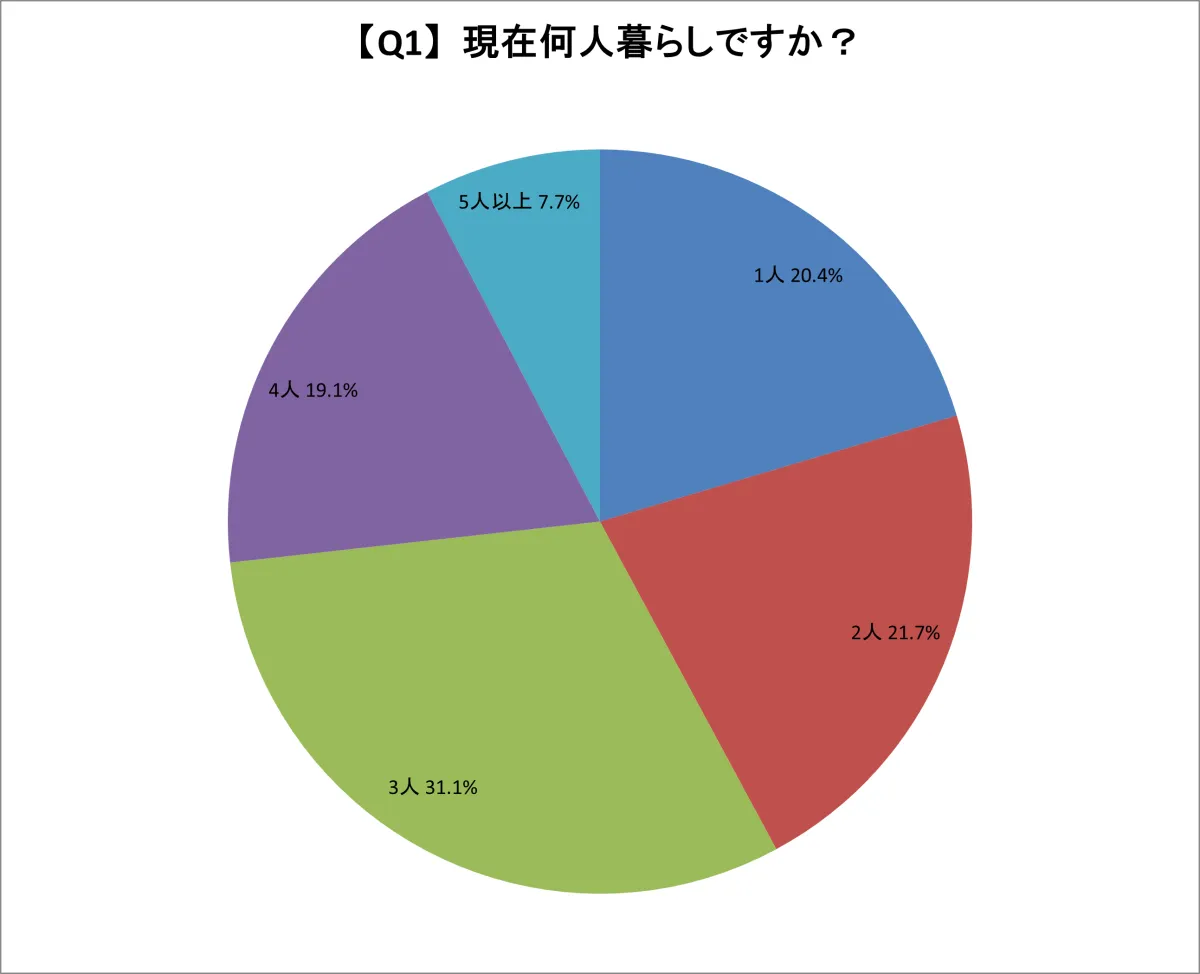
The Growing Popularity of Water Dispensers: Safety and Taste as Key Factors
Understanding Water Dispenser Usage Trends
In a recent survey conducted by Insight Web, a Tokyo-based company, 299 water dispenser users shared their motivations and considerations in choosing these devices. As consumer behavior evolves, understanding these trends can help both manufacturers and users alike. This article delves into the findings from this survey, which took place from March 21 to March 28, 2025.
Survey Background and Objectives
As water dispenser usage becomes increasingly common, driven by market changes and public health issues, it’s essential to grasp what factors influence consumer decisions. The primary aim of this survey was to explore the reasons users opt for water dispensers and their perceptions of water quality and safety. Insights from this survey will be beneficial for organizations like Water Dispenser Navi that aim to provide useful guidance in selecting the right water solutions.
Survey Methodology
Conducted through online research, the survey targeted individuals aged 20 to 69 who are current users of water dispensers in their homes. Out of the 299 participants, 150 were male and 149 were female, leading to a balanced representation of opinions regarding water dispenser usage.
Key Findings
The motivation behind choosing to use a water dispenser is primarily due to the desire for better-tasting water, with 55.2% of respondents citing it as their main reason. Similarly, 42.1% of participants highlighted the importance of using safe and healthy water as a key factor. Overall, taste and safety are paramount considerations for users. Additionally, when it comes to water purification, a significant 47.2% reported being concerned about the number of impurities that can be removed, with 34.3% specifically focusing on whether PFAS (per- and polyfluoroalkyl substances) can be filtered out.
In terms of purchasing decisions regarding the water dispenser units themselves, 40.1% prioritized the rental fees, followed by the temperatures of the cold and hot water options, at 31.4% and 25.4% respectively. Furthermore, 23.7% indicated a preference for dispensers that offer reheating features.
Demographics of Water Dispenser Users
When asked about household size, the majority of respondents, 31.1%, reported living in households of three members. Single-person households accounted for 20.4%, while two-member homes made up 21.7%. It's noteworthy that a substantial 54.2% of users reported not having children living at home, suggesting that water dispensers are popular with childless households.
Types of Water Dispensers
Regarding the type of water dispensers in use, an overwhelming 63.9% prefer delivered water models, while 36.1% utilize water purification systems that connect directly to plumbing.
Motivations Behind Usage
The survey explored the motivations for acquiring water dispensers, revealing several key responses:
- - The desire for delicious water was prevalent at 55.2%.
- - Concerns about water safety were mentioned by 42.1% of respondents.
- - The convenience of having instant cold and hot water was important for 36.5%.
- - Notably, 21.4% admitted that avoiding the hassle of buying bottled water was a significant factor, while 15.7% considered emergency preparedness as a motivating reason.
Factors Influencing Water Choices
For those using delivered water dispensers, critical factors when selecting water included:
- - The price of water (49.7%)
- - Types and tastes of different waters (38.7%)
- - Water sourcing locations (31.9%)
Conversely, users of filtration systems primarily focused on:
- - The range of impurities that can be removed (47.2%)
- - Overall filtered water capacity (43.5%)
- - PFAS filtration concerns (34.3%)
Additional Considerations for Choosing Dispensers
When selecting the water dispenser itself, factors included rental fees, heating temperatures, and energy costs. Many expressed interest in stylish designs, the size of the units, and ease of maintenance, indicating that aesthetics and functionality play vital roles in consumer preferences.
Conclusion
The findings from the survey underscore a clear trend: water dispenser users prioritize both taste and safety when selecting their preferred systems. With rising concerns about water quality, including contaminants like PFAS, manufacturers must strive to meet consumer demands for healthier water options.
This data serves as an insightful tool for understanding consumer preferences and behaviors concerning water dispensers, aiding both users in their choices and manufacturers in tailoring their products and services to meet market needs.
For further details and resources, visit Water Dispenser Navi.
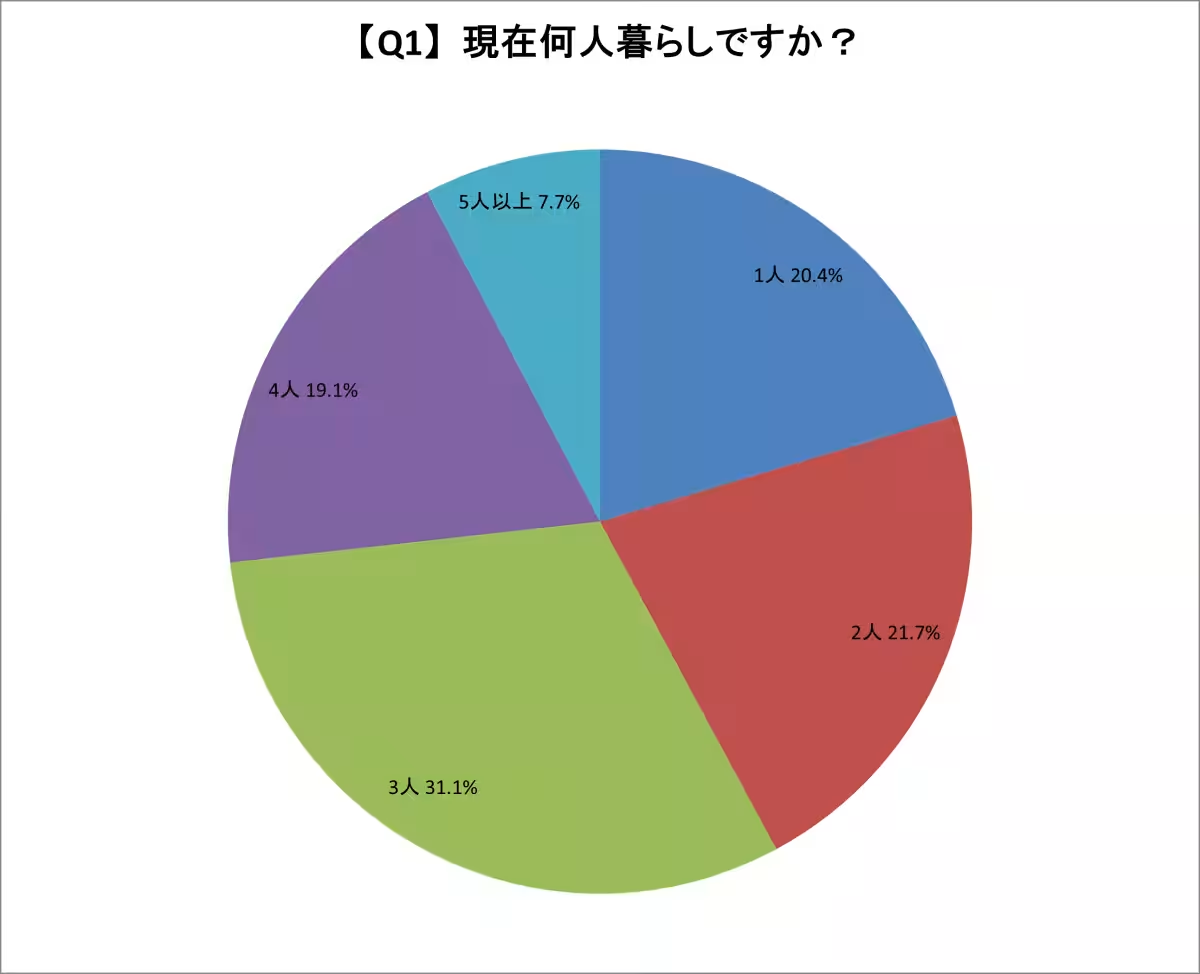
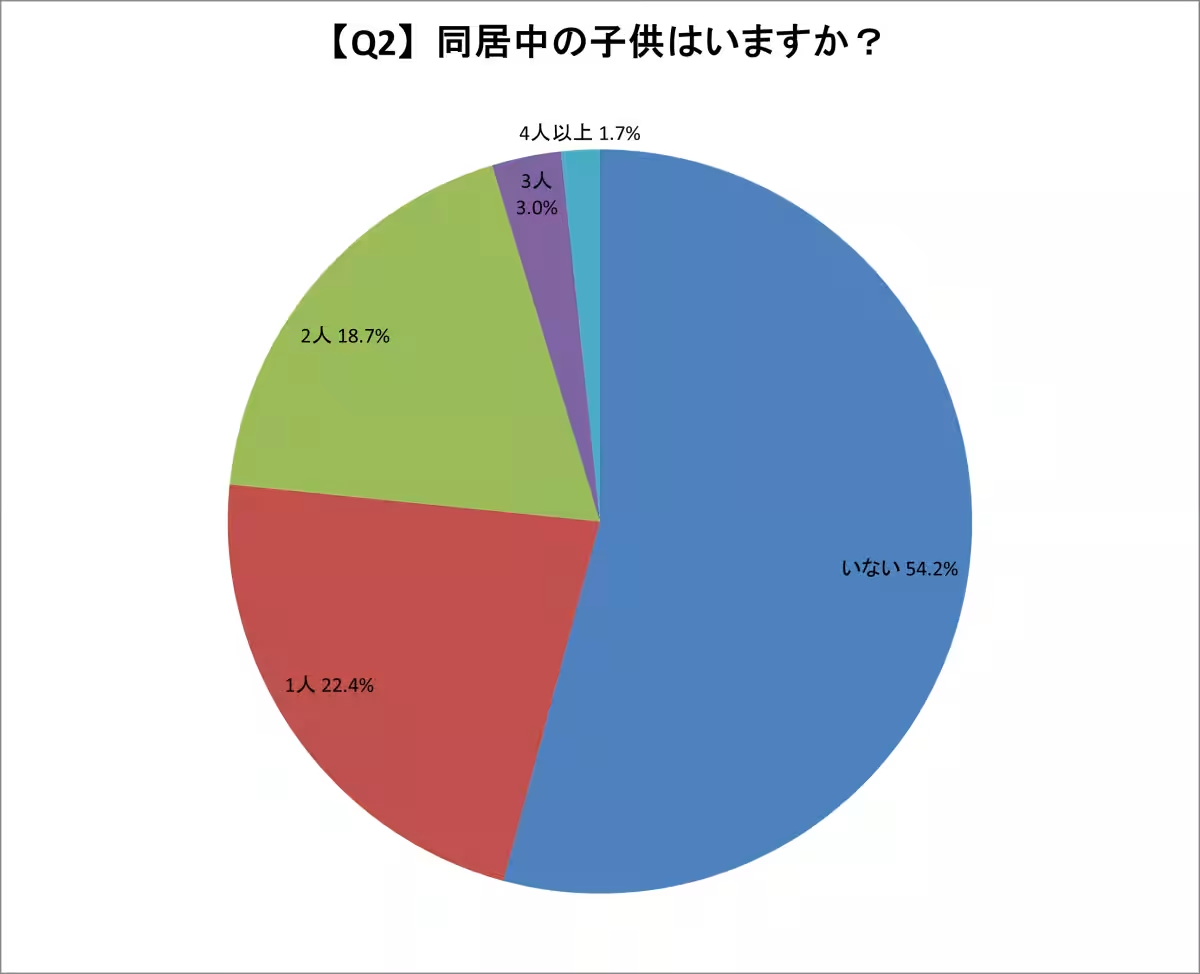
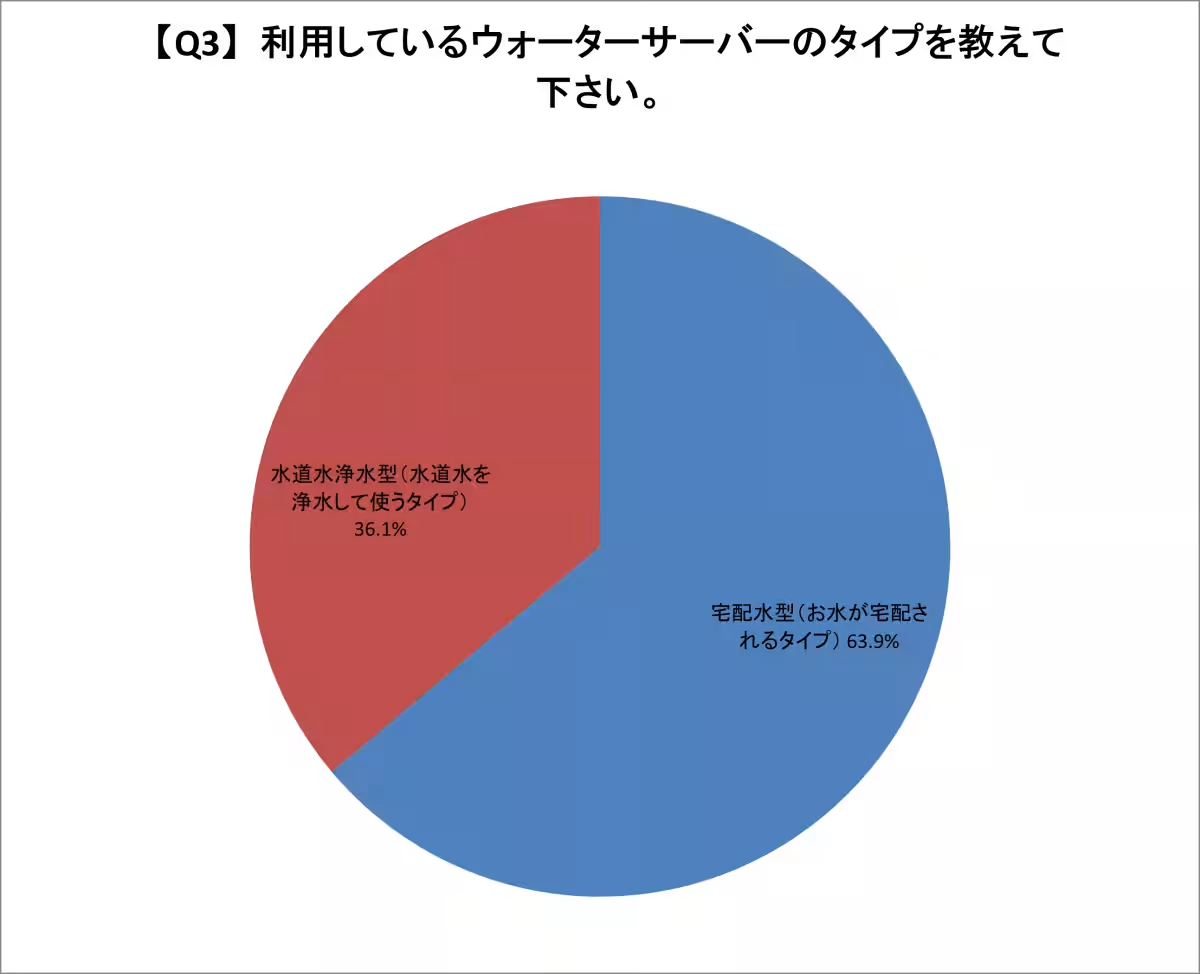
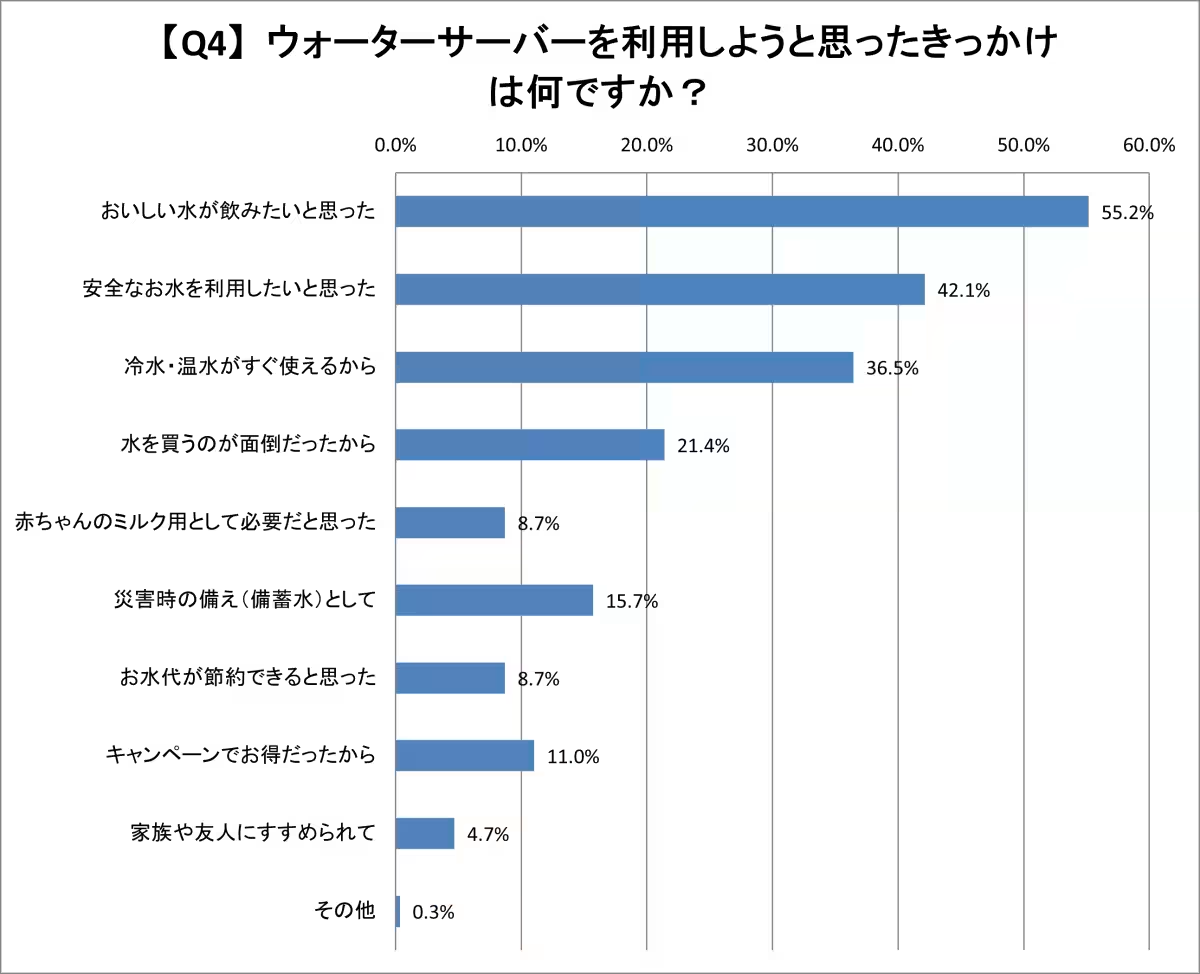
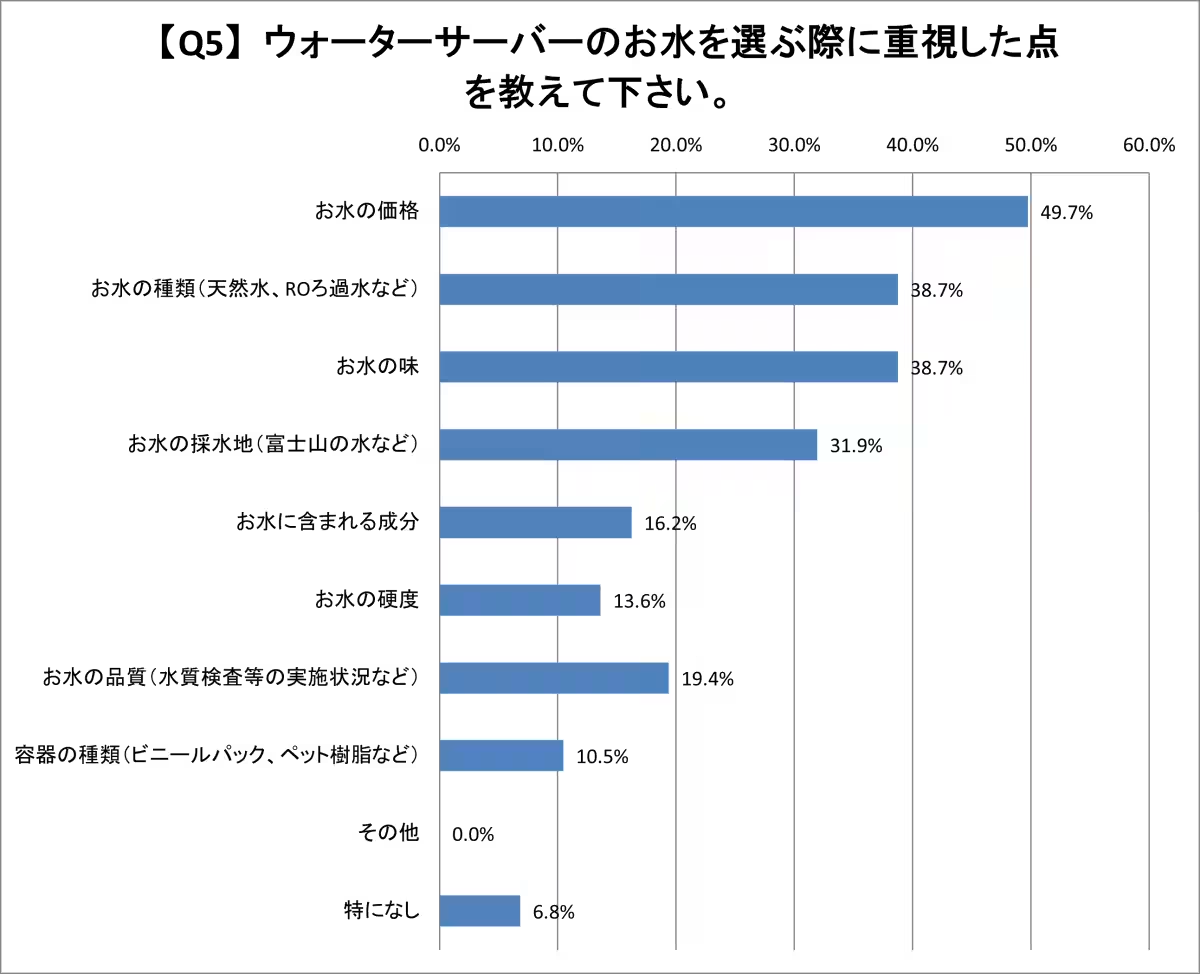
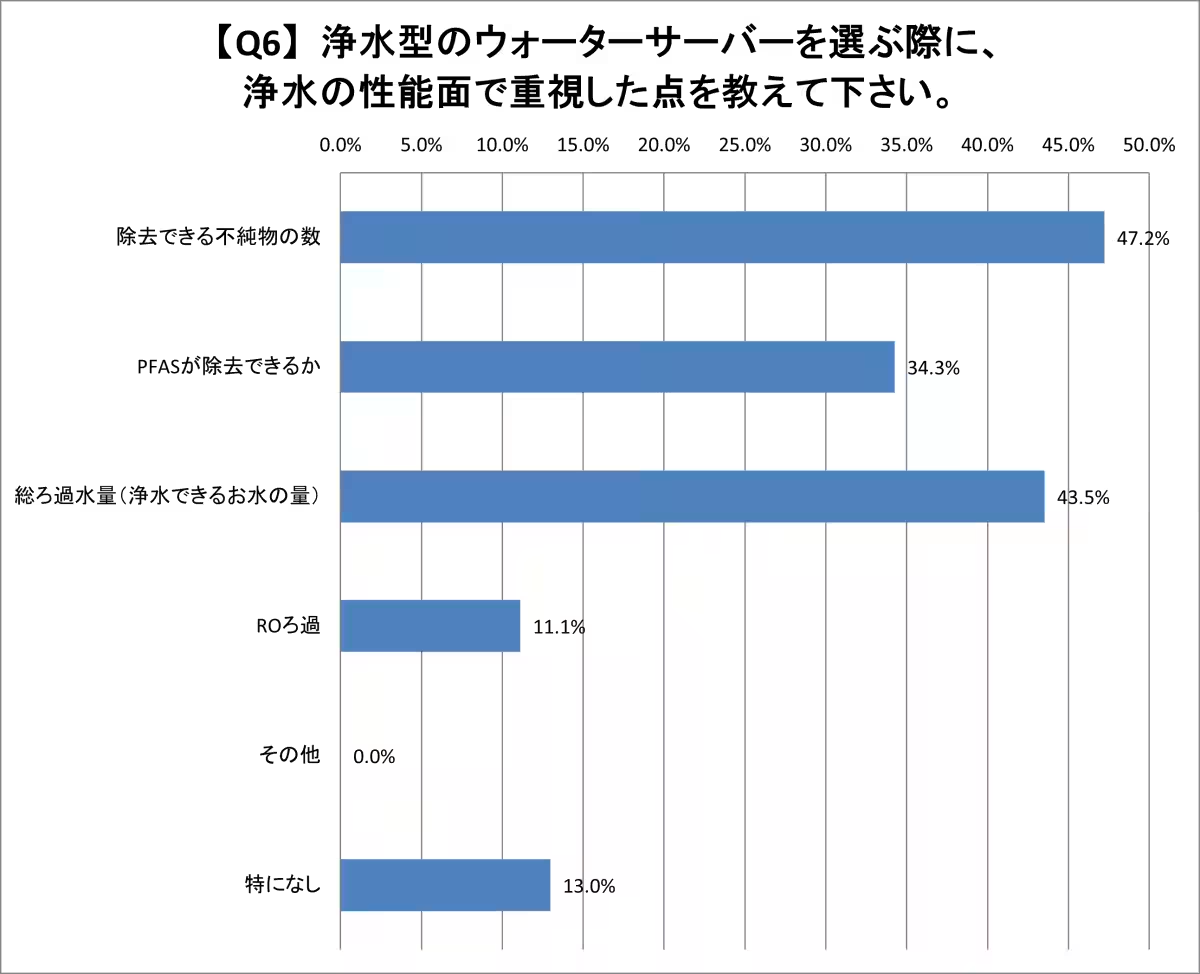

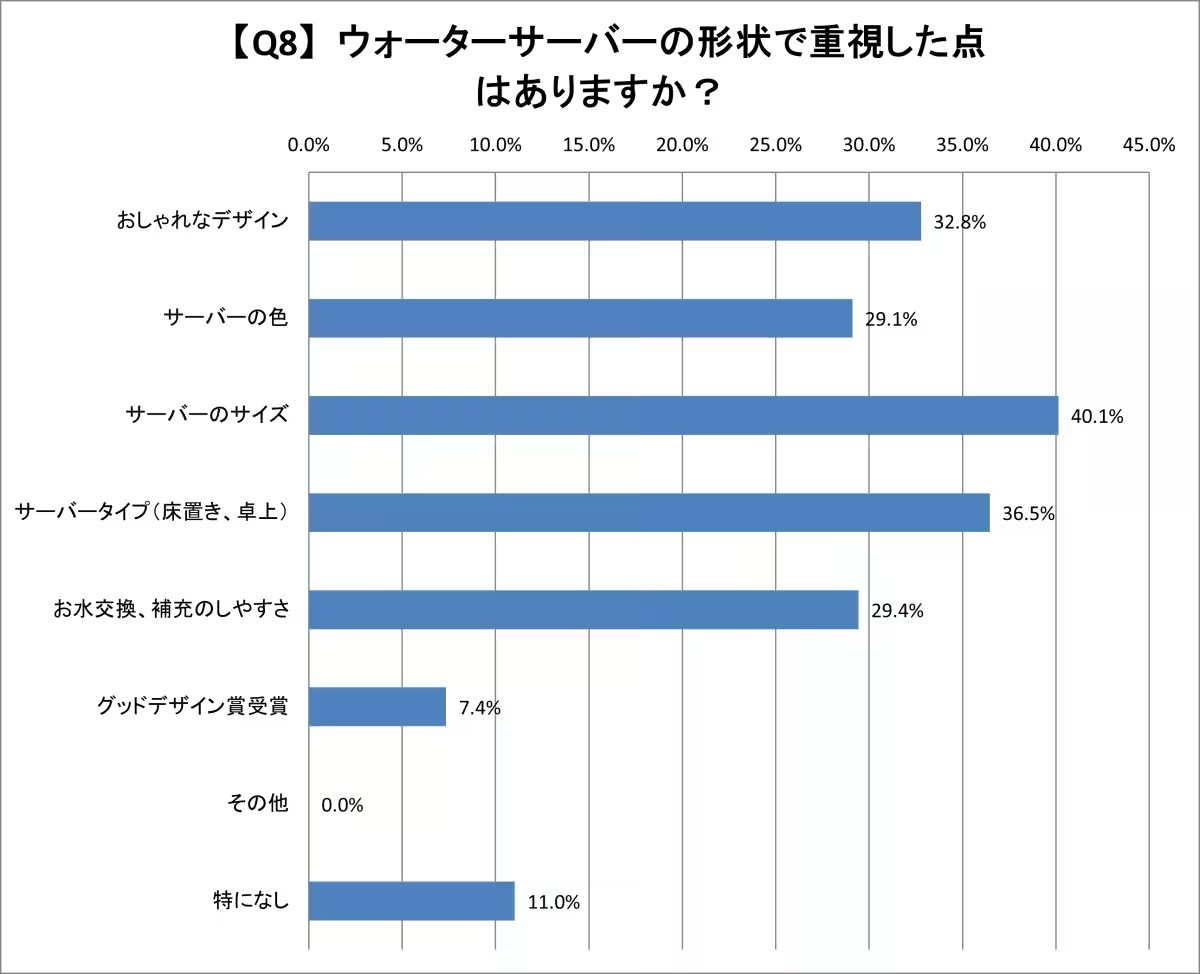

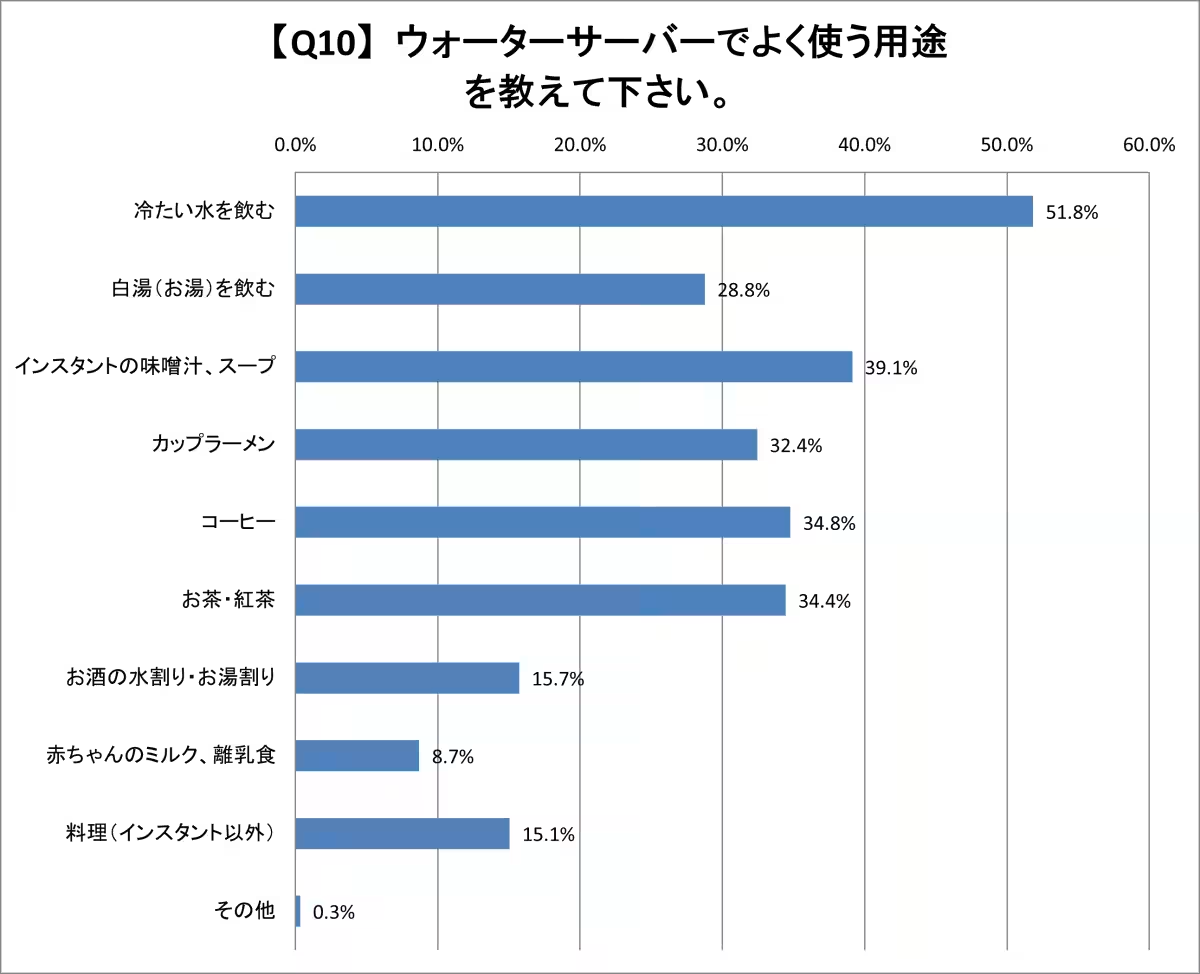
Topics Consumer Products & Retail)










【About Using Articles】
You can freely use the title and article content by linking to the page where the article is posted.
※ Images cannot be used.
【About Links】
Links are free to use.